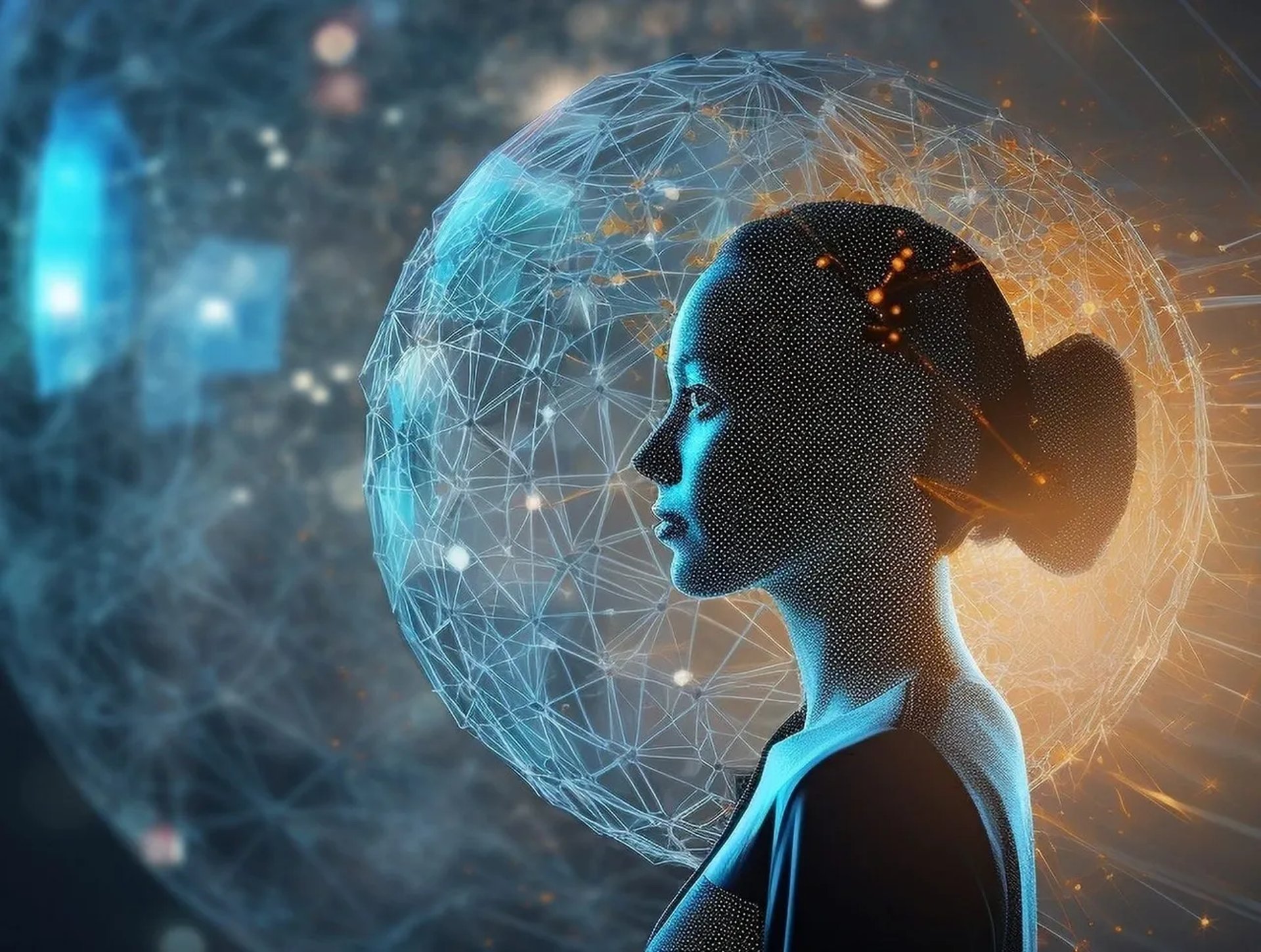The Future is Here: Top 20 Emerging Technologies Explained Simply
The Future Technologies
Nexus Computer
4/23/20253 min read

The world of technology is constantly evolving, bringing new innovations that promise to change the way we live, work, and play. Here’s a look at the top 20 emerging technologies that are set to make a big impact in the coming years, explained in simple language.
1. Artificial Intelligence (AI)
AI is like giving computers a brain, allowing them to learn and make decisions. It’s used in things like virtual assistants (Siri, Alexa), and can even help doctors diagnose diseases.
2. Machine Learning (ML)
ML is a type of AI where computers learn from data. Think of it as teaching a computer by showing it examples. It’s used in recommendation systems, like Netflix suggesting movies you might like.
3. Quantum Computing
Quantum computers are super-fast computers that can solve complex problems much quicker than regular ones. They have the potential to revolutionize fields like medicine and cryptography.
4. 5G Technology
5G is the next generation of mobile internet. It’s much faster than 4G, allowing for smoother streaming, quicker downloads, and better connectivity for smart devices.
5. Internet of Things (IoT)
IoT connects everyday devices to the internet, allowing them to communicate with each other. This includes smart home devices like thermostats, lights, and security cameras that you can control from your phone.
6. Augmented Reality (AR)
AR overlays digital information onto the real world through devices like smartphones or AR glasses. It’s used in apps like Pokémon GO and can also help with navigation and training.
7. Virtual Reality (VR)
VR creates a completely virtual world that you can explore using special headsets. It’s popular in gaming but also used for virtual tours and training simulations.
8. Blockchain
Blockchain is a secure way of recording information that’s difficult to change. It’s best known for being the technology behind cryptocurrencies like Bitcoin, but it’s also used for things like secure voting and supply chain tracking.
9. 3D Printing
3D printing creates physical objects from digital designs by layering materials. It’s used in manufacturing, healthcare (for prosthetics), and even in creating food.
10. Robotics
Robotics involves creating machines that can perform tasks automatically. Robots are used in factories, for home cleaning (like Roomba), and even in surgeries.
11. Autonomous Vehicles
These are self-driving cars that use AI to navigate without human input. Companies like Tesla and Google are developing these to make transportation safer and more efficient.
12. Drones
Drones are flying devices controlled remotely or autonomously. They’re used for photography, delivering packages, and even in agriculture for monitoring crops.
13. Biotechnology
Biotechnology uses living organisms to create products or solve problems. This includes developing new medicines, improving crops, and creating biofuels.
14. Genetic Engineering
Genetic engineering involves altering the DNA of organisms. It’s used in medicine to treat genetic disorders and in agriculture to create disease-resistant crops.
15. Renewable Energy
Renewable energy comes from natural sources that are constantly replenished, like solar, wind, and hydro power. These technologies are crucial for reducing our reliance on fossil fuels and combating climate change.
16. Energy Storage
Energy storage technologies, like advanced batteries, store energy for later use. They’re essential for making renewable energy sources more reliable.
17. Edge Computing
Edge computing processes data closer to where it’s generated, rather than in a centralized data center. This speeds up data processing and reduces latency, which is important for IoT and autonomous vehicles.
18. Voice Assistants
Voice assistants like Siri, Alexa, and Google Assistant use AI to understand and respond to voice commands. They help with tasks like setting reminders, playing music, and answering questions.
19. Wearable Technology
Wearables are devices you can wear, like smartwatches and fitness trackers. They monitor health metrics, track fitness activities, and keep you connected to your digital life.
20. Smart Cities
Smart cities use technology to improve urban living. This includes efficient public transportation systems, smart grids for electricity, and sensors that monitor air quality and traffic.
Final Thoughts
These emerging technologies are not just futuristic concepts; they’re already starting to shape our world in exciting ways. From making our homes smarter to revolutionizing healthcare and making our cities more efficient, the possibilities are endless. Staying informed about these technologies helps us understand the future and how we can harness these innovations to improve our lives. The future is bright, and it’s happening now!
Contact us
Whether you have a request, a query, or want to work with us, use the form below to get in touch with our team.

Location
1st Floor, Over Arohi Misthan Bhandar Beside Tara Kunj Complex Khelgaon, Chowk, Deepatoli, Jai Prakash Nagar, Ranchi, Jharkhand 834009
Hours
MON-SAT 10:30 AM-08:00 PM
Sunday Closed
Contacts
Office: 0651 4502456
Mobile: 09431774715, 09905192991
support@mynexuscomputer.com


